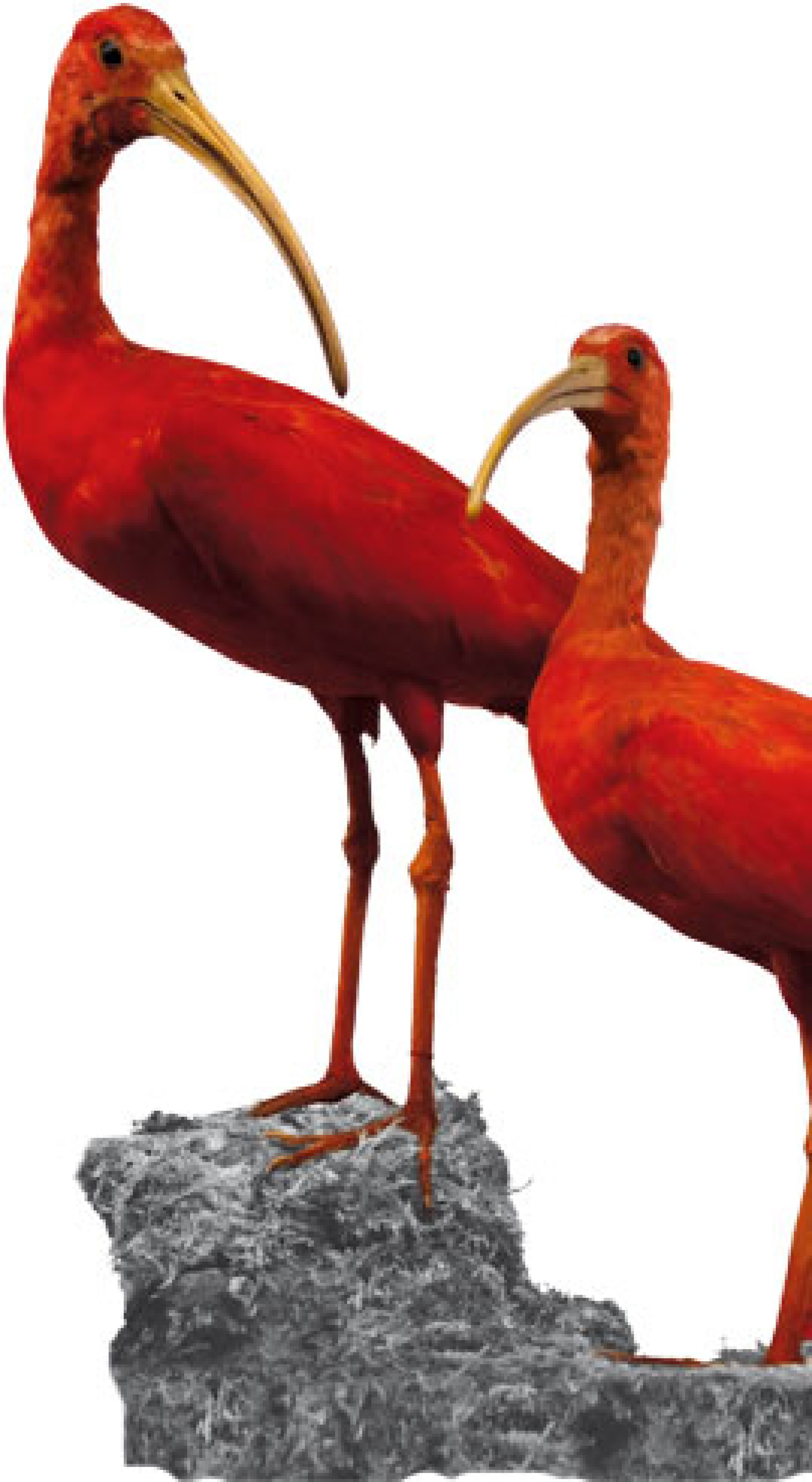The NHM Vienna, like other natural history museums, produces detailed scientific models aimed at depicting three-dimensional
objects in the most realistic way possible, though in some cases the models are larger or smaller than in real life. The NHM
Vienna‘s strong commitment to showing original objects means that modelling is particularly used to create larger-than-life
educational tools for items where the original object is simply too small for visitors to appreciate the complexity or function
of its structures. However, models are also used in situations where the object would, in fact, be large enough but is simply
too difficult to preserve in its original form. This is often the case with jellyfish and mollusks such as snails, mussels
and squids. Consequently, model-makers face many different challenges in their work.
Before embarking on the actual modelling process, expert model-makers examine photos, microscopic images, taxidermy exhibits
and the living object itself. Today most models are made from artificial materials, including a range of modelling compounds,
PU foams, artificial resin laminates, etc. However, creative model-makers could and would use almost any material – glass,
wood or metals – in order to achieve a lifelike appearance. Model-makers see everyday things with different eyes and are always
on the lookout for new materials in order to make their creations appear even more realistic.



Like taxidermists, model-makers combine biological expertise with artistic and technical skills. It often takes months to
complete a model. Each is unique and therefore highly valuable.
The path to producing a lifelike model ready for display is often a long and winding one full of by false-starts and technical
headaches, so experience is essential. Molds can be made from plants to create the basic structure for a realistic model.
However, while this approach can be used for the leaves of the purple dwarf iris, it cannot be used for its petals – these
stick to the silicone used for the mold and cannot be separated. Yet, at the same time, “copying” the highly complex leaves
of the stinging nettle with their many fine hairs poses no technical problems.
Reconstructing extinct species is a particular challenge for model-makers. There are no images of these animals, so the only
way to observe them is by watching related species still alive today. A good example is the terror bird (Paraphysornis brasiliensis), a carnivorous flightless bird species measuring around two meters in height, which died out over 20 million years ago.
In close cooperation with paleontologists from the NHM, a mold of a fossilized skull and a more or less complete skeleton
found in Brazil in the 1980s were used together with photos to produce a metal skeleton.
This was then covered in PU foam, which was shaped into the body form of a terror bird once it had dried. Bird skins from
turkeys and ostriches bred in captivity were then stretched over this foam body and individual details such as feathers were
attached. The color of the hand-painted glass eyes was based on those of the seriemas, a bird species today found in central
and eastern parts of South America and believed to be the closest relative to the terror bird.

